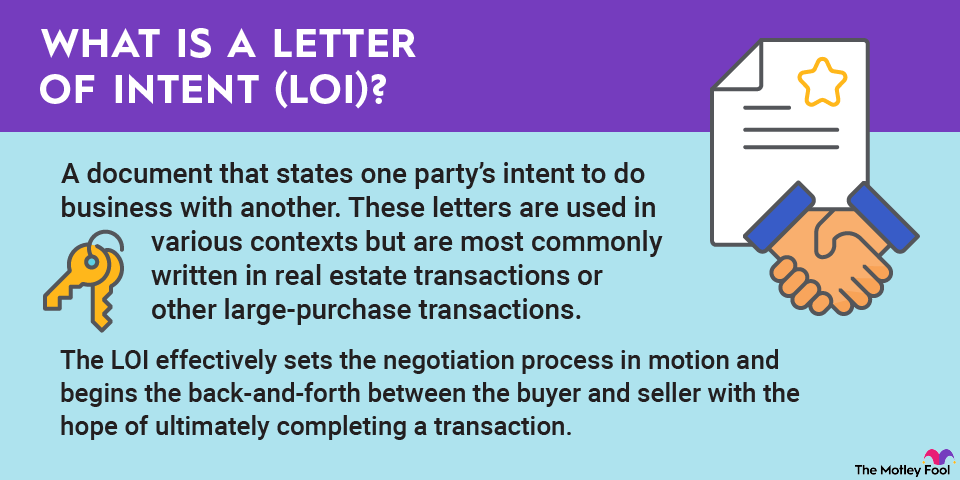If you invest in companies that manufacture goods, or that maintain significant inventories, knowing just how the accountants deal with that inventory is vital. Last in, first out is one accounting method you should be familiar with.

What is last in, first out (LIFO)?
The last in, first out method of inventory accounting makes the assumption that the item most recently placed into inventory, whether it was created or acquired, is the first to be sold. Although this is an uncommon practice in real life, it can provide some tax benefits to companies with significant inventories.
This is the opposite of FIFO: first in, first out. In FIFO, you assume that you've sold the oldest inventory first, which includes figuring your cost of manufacturing those items based on the oldest inventory in stock. This changes the weight of your balance sheet, making it appear that you've profited more than you would if using a LIFO-based calculation.
How does LIFO work?
Here's an example: Your company makes tires. Each tire is sold for $100. A week ago, tires cost you $30 to make, but this week, the price of rubber has gone way up, and they now cost you $50 to make. You have 100 tires in inventory, 40 from last week, and 60 from this week. Let's say you sell 80 of those tires to a distributor.
Under LIFO, you'd account for the cost of the tires you sold as follows. Since 60 were just produced, the cost of those will be figured at $50 each, totaling $3,000. The cost of the remaining 20 is calculated based on the former cost, $30, so they cost you $600. Your total cost for these tires is $3,600. You sold them for $8,000, so on paper, you profited $4,400.
With a FIFO calculation, those 80 tires would have cost you just $3,200. The oldest 40 were produced at $30 each, remember? That's $1,200 plus the second 40 that were produced at $50, totaling $2,000. Together, that's $3,200. Your profit on paper would then be $4,800.
Pros and cons of LIFO
LIFO is not practiced much outside of the United States because it can create an artificial tax advantage that's generally frowned upon in other countries. By valuing products based on the most recent cost, companies can reduce their incomes on paper since there's always a stream of new products being purchased or produced.
For the company, though, LIFO can be a lifeline, especially in difficult times like inflationary periods, but it can also paint a skewed picture of the company's income stream while reducing the taxes it pays. However, for investors and government agencies, the accounting can misrepresent financial aspects of the company, which isn't always great.
Related investing topics
Why LIFO matters to investors
Investors who invest in companies that are primarily manufacturers or resellers must understand how their company handles their inventory accounting. Based on how the accounting is handled, the overall picture of the company's income and cash flow can be heavily skewed one way or another.
In a time of high inflation, LIFO will make a company look like it's not making as much money as it is, often with the goal of reducing the taxes it owes. This could cause a company's stock price to fall as investors lose faith in the company. This might be good for you, depending on what's actually happening with the core business. If all other things are well, you could find a great deal of value in a company that's practicing LIFO inventory accounting during a period of inflation.


















